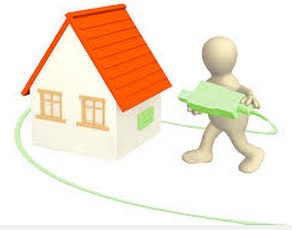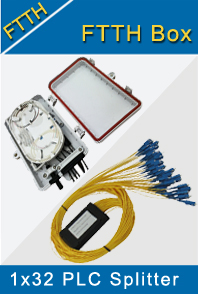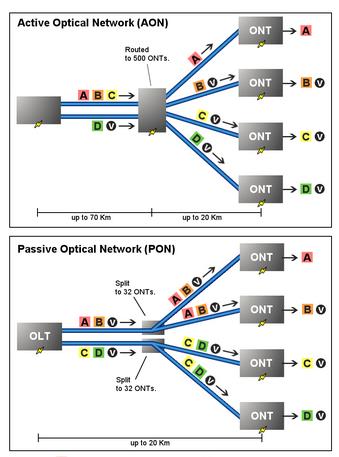-

- Sopto Home
-

- Special Topic
-

- FTTH Knowledge
-

- What is the technology makes FTTH broadband connections possible
FTTH Knowledge
- Solving the FTTH Rollout Problem in Multiple Dwelling Units
- WDM PON Introduction FAQ
- A Simple Overview of Optical Power Meter
- ODN is based on PON FTTH Optical Cable Network of the Device
- Using an OTDR to be an Expert in Fiber Link Testing
- How FTTH Broadband Works?
- Connections among Fiber Terminal Boxes & Patch Cables & Pigtails
- Easy to Install a Fiber Terminal Box
- What is Arrayed Waveguide Grating?
SOPTO Special Topic
Certificate



Guarantee
Except products belongs to Bargain Shop section, all products are warranted by SOPTO only to purchasers for resale or for use in business or original equipment manufacturer, against defects in workmanship or materials under normal use (consumables, normal tear and wear excluded) for one year after date of purchase from SOPTO, unless otherwise stated...
Return Policies
Defective products will be accepted for exchange, at our discretion, within 14 days from receipt. Buyer might be requested to return the defective products to SOPTO for verification or authorized service location, as SOPTO designated, shipping costs prepaid. .....
Applications

Sopto supply the best FTTH solutions for your network!
SOPTO Products
- Fiber Optic Transceiver Module
- High Speed Cable
- Fiber Optical Cable
- Fiber Optical Patch Cords
- Splitter CWDM DWDM
- PON Solution
- FTTH Box ODF Closure
- PCI-E Network Card
- Network Cables
- Fiber Optical Adapter
- Fiber Optical Attenuator
- Fiber Media Converter
- PDH Multiplexers
- Protocol Converter
- Digital Video Multiplexer
- Fiber Optical Tools
- Compatible
Related Products
Performance Feature
FTTH Knowledge
Recommended

What is the technology makes FTTH broadband connections possible?
Fiber optics uses light signals to transmit data. As this data moves across a fiber, there needs to be a way to separate it so that it gets to the proper destination.
There are two important types of systems that make fiber-to-the-home broadband connections possible. These are active optical networks and passive optical networks. Each offers ways to separate data and route it to the proper place, and each has advantages and disadvantages as compared to the other.
An active optical system uses electrically powered switching equipment, such as a router or a switch aggregator, to manage signal distribution and direct signals to specific customers. This switch opens and closes in various ways to direct the incoming and outgoing signals to the proper place. In such a system, a customer may have a dedicated fiber running to his or her house.
A passive optical network, on the other hand, does not include electrically powered switching equipment and instead uses optical splitters to separate and collect optical signals as they move through the network. A passive optical network shares fiber optic strands for portions of the network. Powered equipment is required only at the source and receiving ends of the signal.

Active Optical Network and Passive Optical Network
In some cases, FTTH systems may combine elements of both passive and active architectures to form a hybrid system.
Passive optical networks, or PONs, have some distinct advantages. They're efficient, in that each fiber optic strand can serve up to 32 users. PONs have a low building cost relative to active optical networks along with lower maintenance costs. Because there are few moving or electrical parts, there's simply less that can go wrong in a PON.
Passive optical networks also have some disadvantages. They have less range than an active optical network, meaning subscribers must be geographically closer to the central source of the data. PONs also make it difficult to isolate a failure when they occur. Also, because the bandwidth in a PON is not dedicated to individual subscribers, data transmission speed may slow down during peak usage times in an effect known as latency. Latency quickly degrades services such as audio and video, which need a smooth rate to maintain quality.
Active optical networks offer certain advantages, as well. Their reliance on Ethernet technology makes interoperability among vendors easy. Subscribers can select hardware that delivers an appropriate data transmission rate and scale up as their needs increase without having to restructure the network.
Active optical networks, however, also have their weaknesses. They require at least one switch aggregator for every 48 subscribers. Because it requires power, an active optical network inherently is less reliable than a passive optical network.
Related Knowledge:
FTTH Development Background and history



